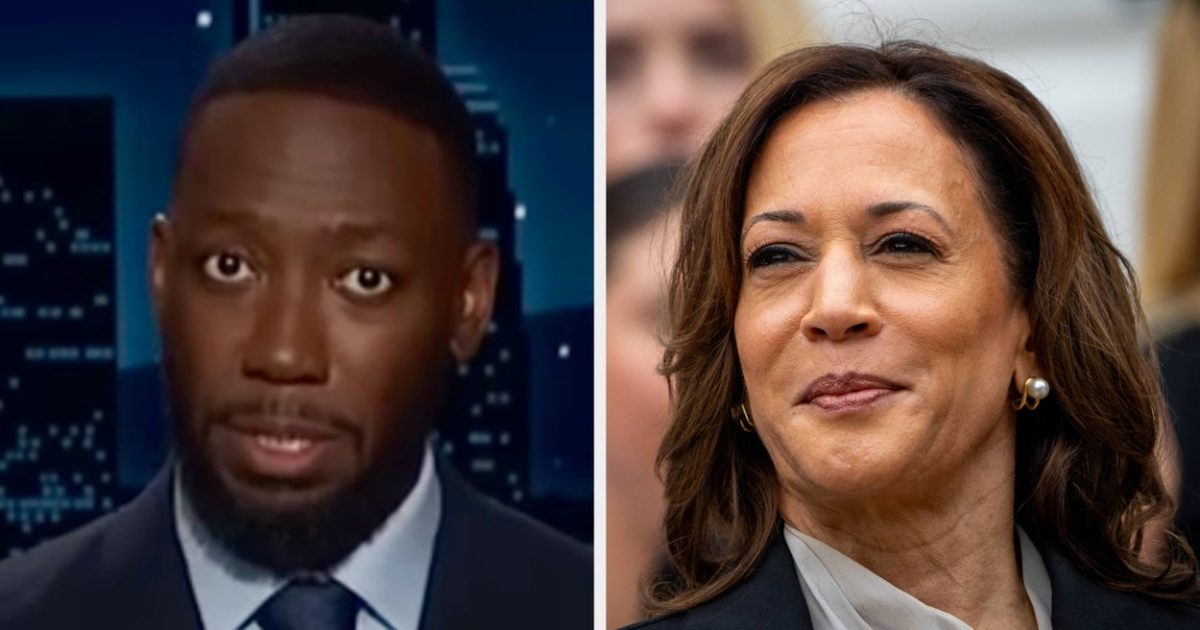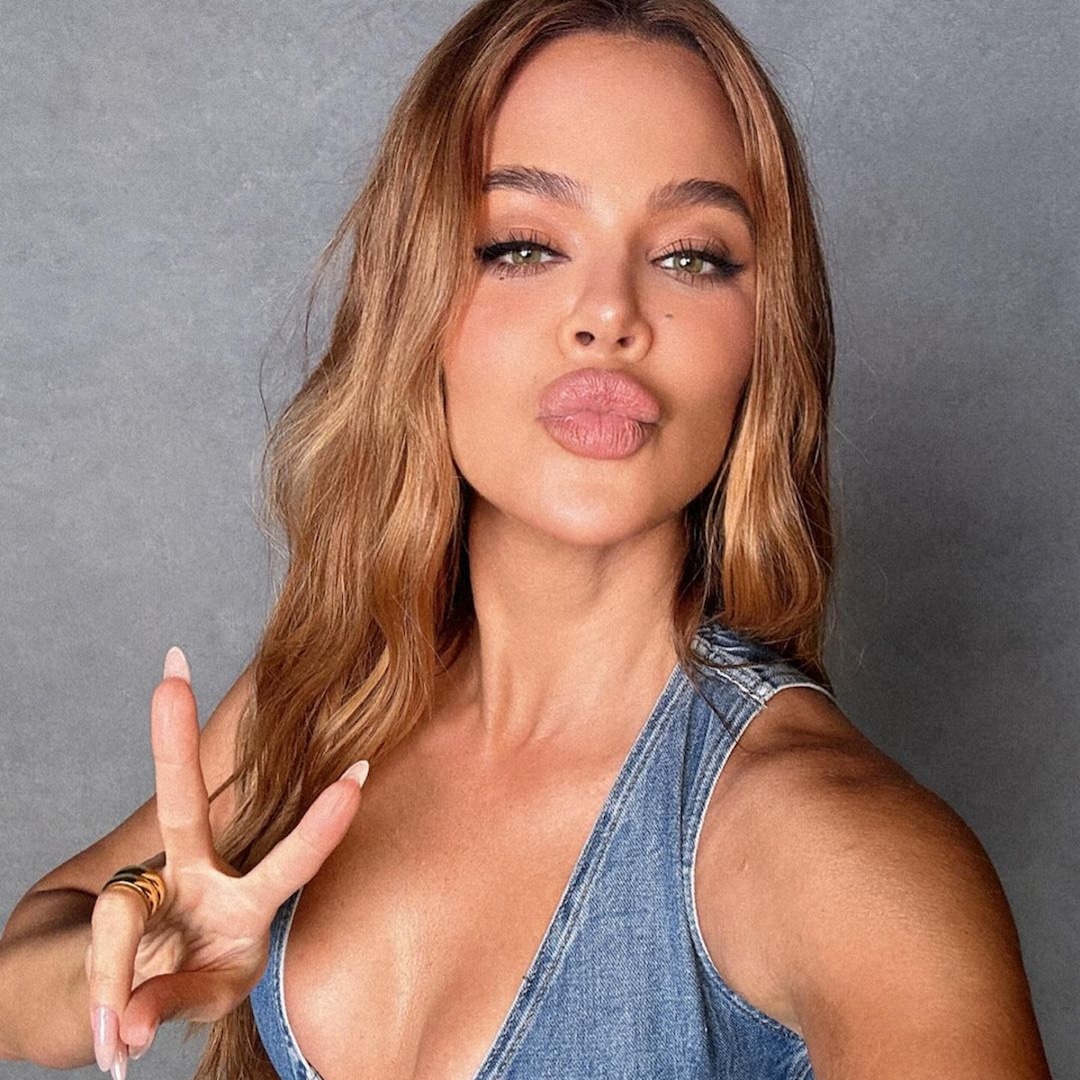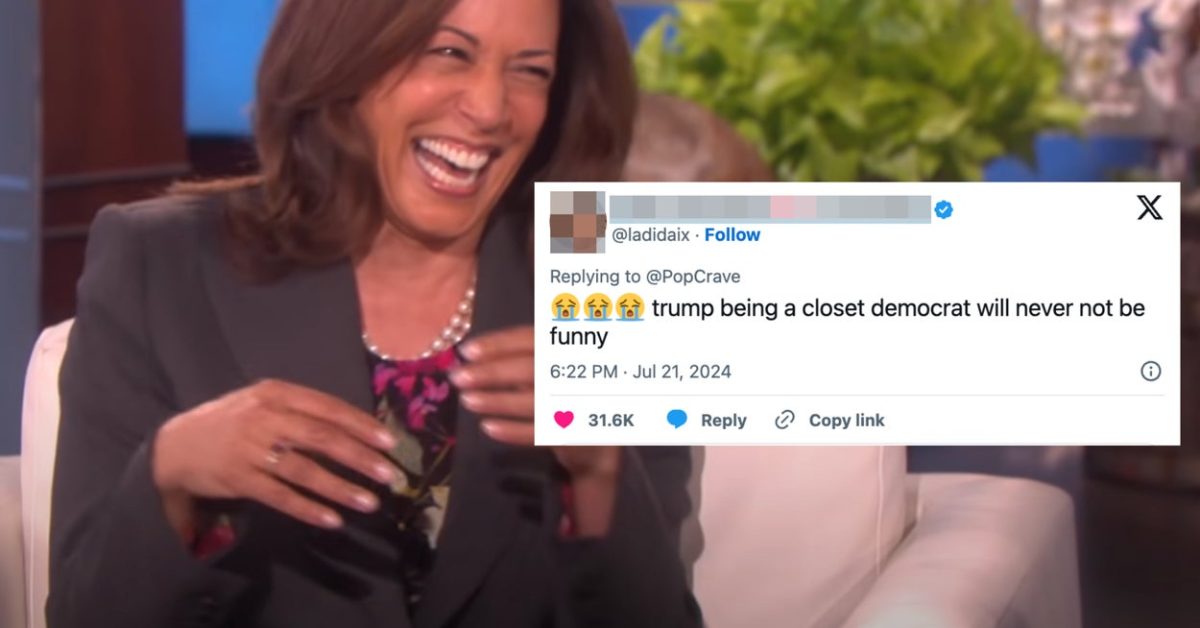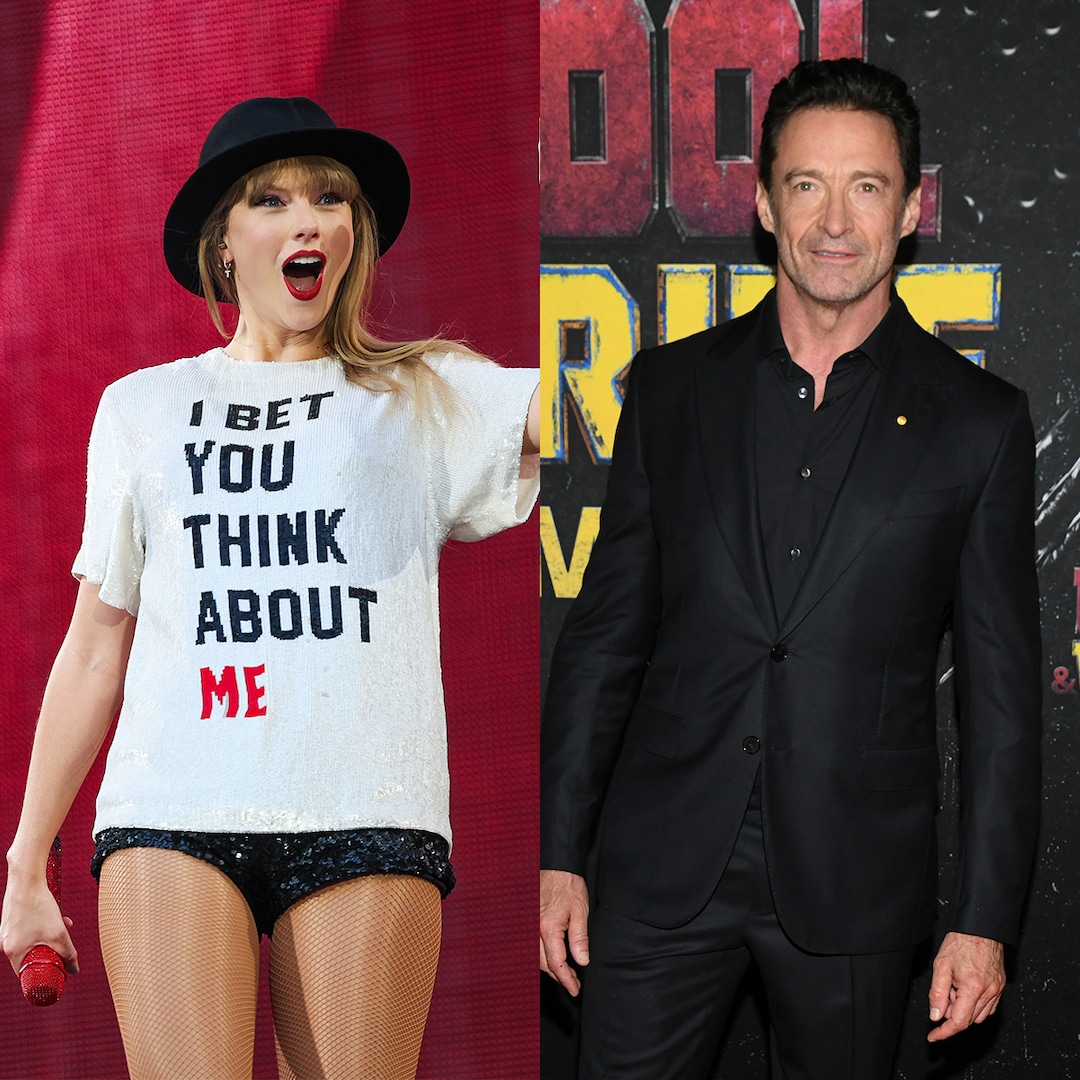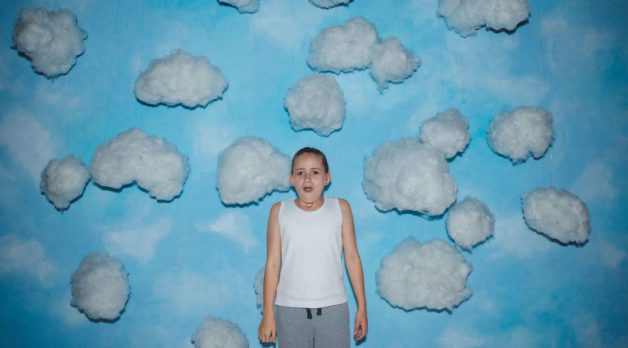
“Our Process Revolved Around Letting the Kids Be Kids”: DP Molly Manning Walker on Scrapper
Jan 28, 2023
Scrapper, courtesy of Sundance Institute.
Ever since her mother’s death, 12-year-old Georgie (Lola Campbell) has been living all on her own in director Charlotte Regan’s film Scrapper. She scrapes by with the help of her friend Ali (Alin Uzun) and their bike-stealing hustle, staving off social workers by pretending to live with a non-existent uncle. Just when she thinks she’s got it all figured out, a man named Jason (Harris Dickenson) appears, who claims to be her father. Though she barely recognizes him due to his prolonged absence from her life, she nonetheless falls under his care—but not without a fair amount of pushback.
Cinematographer Molly Manning Walker tells Filmmaker the unconventional interview process she underwent to land this gig, working with child actors and surviving “dollygate.”
See all responses to our annual Sundance cinematographer interviews here.
Filmmaker: How and why did you wind up being the cinematographer of your film? What were the factors and attributes that led to your being hired for this job?
Walker: The interview process for Scrapper was a year-long process of drinking hot chocolates and speed walking around the local park with [director] Charlotte [Regan]. We never really discussed the film, I think it was a vibe check. Eddie (her dog) was obviously in on the decision too, as he always seemed to be there. I think I was mostly hired because I could walk at the same pace as Charli.
Filmmaker: What were your artistic goals on this film, and how did you realize them? How did you want your cinematography to enhance the film’s storytelling and treatment of its characters?
Walker: Our process revolved around letting the kids be kids. We wanted to design a setup in which the kids ran the frame. This meant we tried to be as low key as possible. We wanted to observe them in their greatest form. We locked the frame and let the kids move in and out of it. Just how Georgi ran the house, we wanted her to run the film.
Filmmaker: Were there any specific influences on your cinematography, whether they be other films, or visual art, or photography, or something else?
Walker: Our main influences were the Bourne trilogy and all the Marvel films.
Filmmaker: What were the biggest challenges posed by production to those goals?
Walker: We shot in a really saturated time in the industry. It was really difficult to find kits and crew. There wasn’t a dolly in the country. We called it “dollygate.” This was really hard and I was super grateful for the crew that joined us because they could have easily gotten huge studio jobs. Creating an atmosphere on set was really key to getting Lola and Alin to feel relaxed and therefore perform and every department really got on board with this.
Filmmaker: What camera did you shoot on? Why did you choose the camera that you did? What lenses did you use?
Walker: We shot on an ALEXA Mini and Meru anamorphic lenses. We wanted to use anamorphic lenses to heighten the world and for it not to feel like a Brit-grit but instead to capture the magic that goes on inside kids’ heads.
Filmmaker: What was the most difficult scene to realize and why? And how did you do it?
Walker: The trickiest thing about the shoot was that we were shooting in a tiny house that was south-facing, which meant the light changed constantly throughout the day. We were desperately trying to control the light from outside the house to allow the kids to do their thing. We also were working on [child actors’ working] hours. Lola who played Georgi was in most scenes, which meant we were restricted on how long we could shoot for. We couldn’t shoot loads of nights, etc. So we were having to tent/blackout tiny rooms and light them with the smallest footprint possible. This is where the Light Bridge reflectors came into play. We could get lights into abstract tiny corners in order to control the light without having lights everywhere.
Filmmaker: Finally, describe the finishing of the film. How much of your look was “baked in” versus realized in the DI?
Walker: A lot of the film is fairly naturally lit. We controlled a lot of the daylight. There wasn’t a huge shift in the look at the grade. We kept it fairly natural. A lot of the look was dictated by the colors we found in prep.
TECH BOX:
Film Title: Scrapper
Camera: Alexa Mini
Lenses: Merus
Lighting: We used mostly LEDS (kinos) and reflectors (light bridge)
Color Grading: Davinci Resolve – Simone Grattarola
Publisher: Source link
Lamorne Morris Thinks Kamala Harris Has This Advantage Over Donald Trump
Trump said that President Joe Biden, who dropped out of the race on Sunday while recovering from COVID-19, never really had the infection. “Really? Trump thinks Biden never had COVID?” Morris said on Monday. “You don’t pretend to have COVID to get out…
Jul 26, 2024
Khloe Kardashian Is Ranked No. 7 in the World for Aging Slowly
Khloe Kardashian's body is out for more than just revenge. In fact, the 40-year-old is one of the world's slowest agers—a revelation she learned after taking a blood test to determine her body's biological age compared to her calendar age.…
Jul 26, 2024
Reactions To Trump’s Kamala Harris Donation
Just as many white Americans used their Obama vote to excuse their internalized racism, Lauren Boebert seems to have adopted this same ideology, ignoring Trump's long record of racism against African Americans, Mexicans, Hispanics, Native Americans, Muslims, Jews, and immigrants, and discrimination against women and…
Jul 25, 2024
Hugh Jackman Reveals What an NFL Game With Taylor Swift Is Really Like
Hugh Jackman is happy to fill any blank space in Taylor Swift’s NFL game suite. In fact, the Deadpool & Wolverine star recently detailed his experience attending a Kansas City Chiefs game to root on Travis Kelce, alongside Ryan Reynolds,…
Jul 25, 2024








